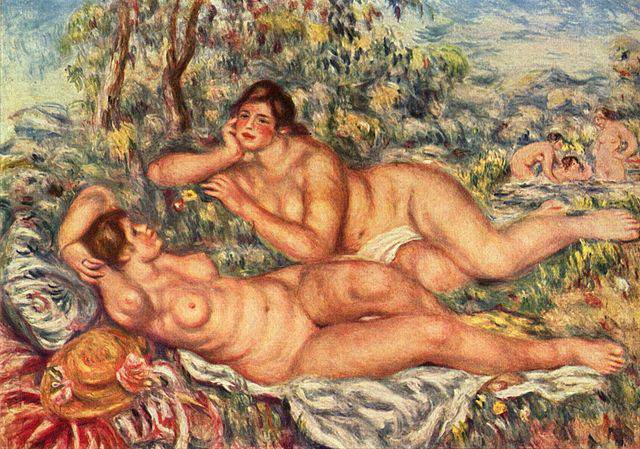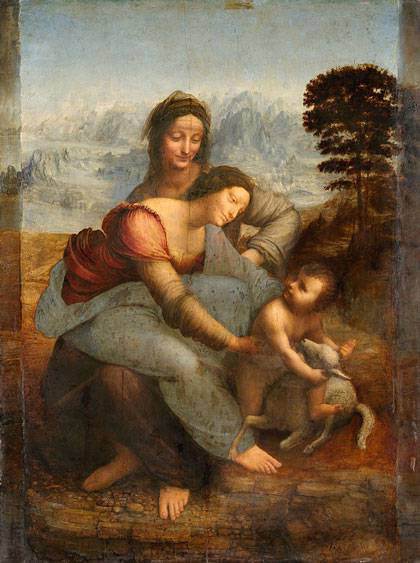
Pierre-Auguste Renoir: “The Bathers” (1918–19, Musée d’Orsay).
Renoir: The Body, The Senses – Kimbell Art Museum ‘Renoir: The Body, The Senses’: Exhibition of Renoir’s focus on the human form marks Centenary of the artist’s death. Kimbell Art Museum, October 27, 2019 – January 26, 2020]]>
Source: Kimbell Art Museum
Over the course of his long career, Pierre-Auguste Renoir continually turned to the human figure for artistic inspiration. The body—particularly the nude—was the defining subject of Renoir’s artistic practice from his early days as a student copying the old masters in the Louvre to the early 20th century, when his revolutionary style of painting inspired the masters of modernism. In recognition of the centenary of Renoir’s death, the Clark Art Institute and Kimbell Art Museum present “Renoir: The Body, The Senses”. This daring exhibition is the first major exploration of Renoir’s unceasing interest in the human form, and it reconsiders Renoir as a constantly evolving artist whose style moved from Realism into luminous Impressionism, culminating in the modern classicism of his last decades.
”Renoir: The Body, The Senses” includes approximately 60 paintings, drawings, pastels and sculptures by the artist as well as works by his predecessors, contemporaries and followers. An international roster of exceptional loans including “Boy with a Cat” (1868, Musée d’Orsay), “Study: Torso, Effect of Sun” (c. 1876, Musée d’Orsay), “Seated Bather (c. 1883–84, Fogg Museum, Harvard Art Museums) and “The Bathers” (1918–19, Musée d’Orsay), as well as major contributions from the Clark’s renowned collection of the artist’s work, survey the breadth of Renoir’s career.
Renoir’s respect for tradition is demonstrated by comparison with such paintings as “The Three Graces” (Peter Paul Rubens, c. 1636, Dulwich Picture Gallery), “Andromeda” (Eugène Delacroix, 1852, Museum of Fine Arts, Houston) and “The Repose” (Camille Corot, 1860, reworked c. 1865/70, National Gallery of Art). His distinct approach to the subject of bathers is underscored in a comparison of works such as his “Bathers Playing with a Crab” (c. 1897, Cleveland Art Museum) and “The Bathers” (Edgar Degas, c.1895, Art Institute of Chicago). Renoir’s profound influence on future generations is seen in Pablo Picasso’s “Nude Combing Her Hair” (1906, Kimbell Art Museum), among others.
Related content
‘Renoir: Intimacy’ at the Thyssen Museum (exhibition, 2011)
Follow us on:


